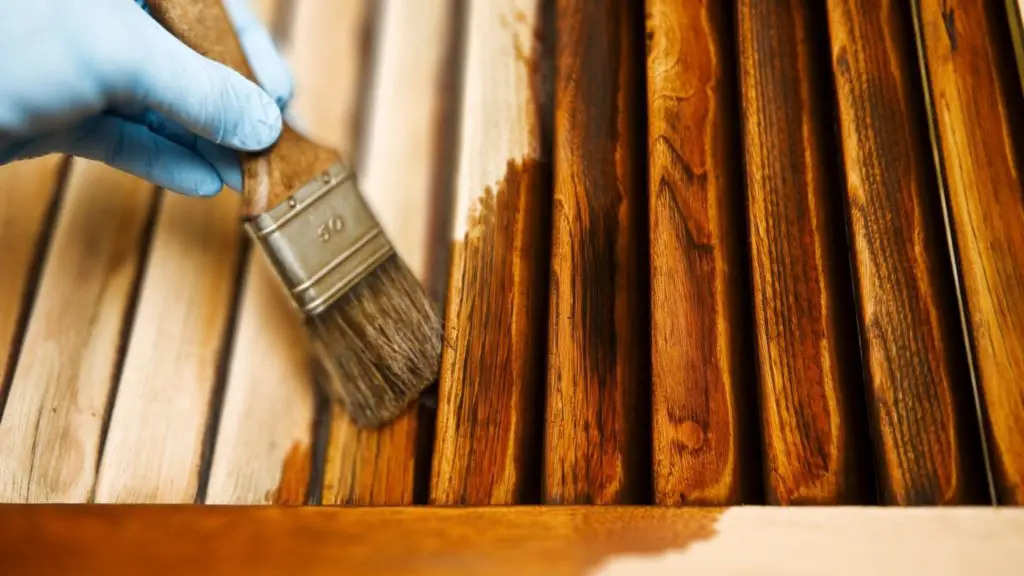PRIMER PAINT ADHESION SURFACE

REQUIREMENTS PRIMER PAINT
Bucket
Cloth
all-purpose cleaner
Brush
Sandpaper 240
tack cloth
Brush
primer
ROADMAP
Mixing water with an all-purpose cleaner
Soak cloth in mixture
Degreasing and drying
Sanding and dust removal
Apply primer
PROPERTIES
Primer paint is a primer.
A primer has a completely different composition than a lacquer paint.
The primer actually has 2 properties:
Firstly, it prevents absorption of the substrate.
In case of strong absorption, apply two layers of primer
A primer is essential for your final painting.
A second property of primer is that it stops dirty particles from reaching the top coat.
Primers isolate the dirty particles, as it were, and prevent them from penetrating into the final layer.
Without a primer paint you will not have good adhesion of your final coat.
You can apply a primer to different surfaces.
There is a primer for wood, plastic, metal, tiles and so on.
Nowadays there is a multiprimer that you can use on almost all surfaces.
When you apply a primer paint, it is easier to color this primer already.
The coating will then cover better.
METHOD BARE WOOD
The first thing to do is degrease well.
You use an all-purpose cleaner for this.
Do not use detergent, as this binds grease to wood.
Degreasing ensures that all the grease on your bare wood disappears.
And therefore you get a better adhesion for your primer.
The next step to do is to lightly sand the bare wood with 240 grit or higher sandpaper.
The third step to do is to remove dust.
This is best done with a tack cloth or blowing the dust away.
Then apply primer paint.
PROCEDURE PAINTED WOOD
The sequence is the same as the method of bare wood.
The difference is in the substrate.
If bare parts arise during sanding, you will have to treat this with a primer paint.
Use a primer in the same color as the paint.
In case of strong absorption, apply a primer twice to the bare parts.
I'm Joost Nusselder, the founder of Tools Doctor, content marketer, and dad. I love trying out new equipment, and together with my team I've been creating in-depth blog articles since 2016 to help loyal readers with tools & crafting tips.
